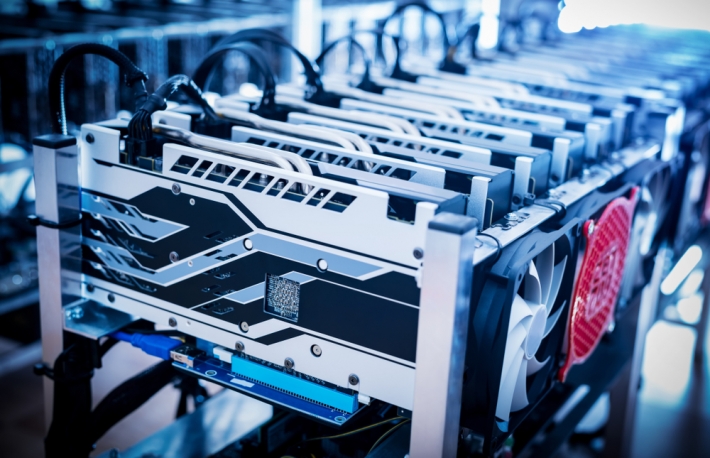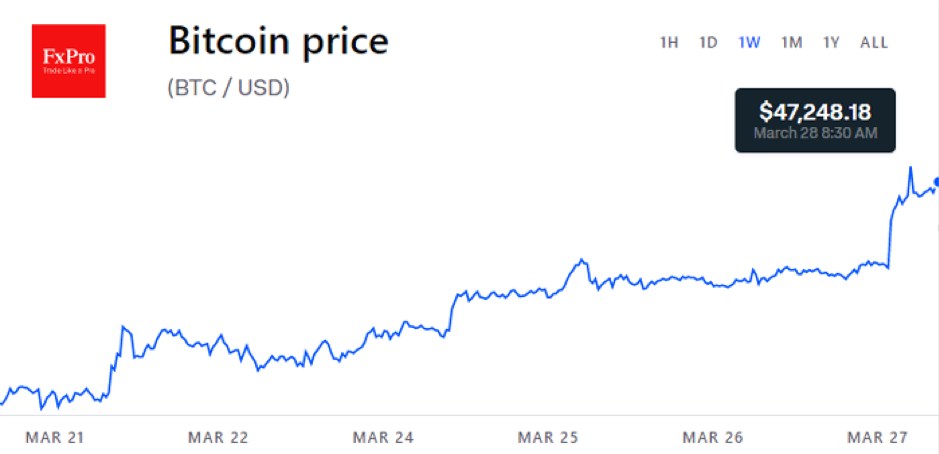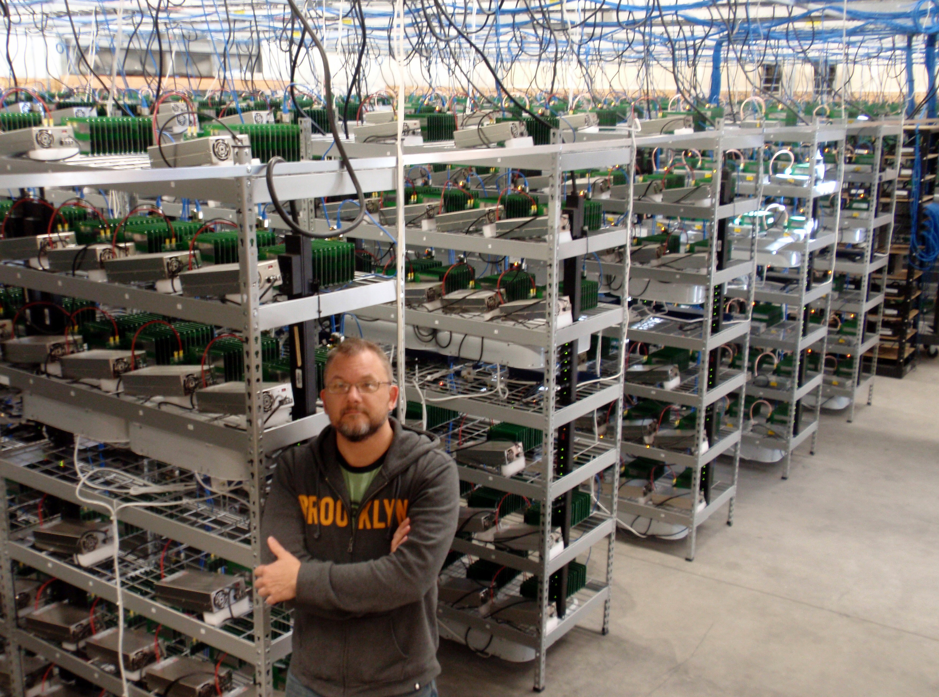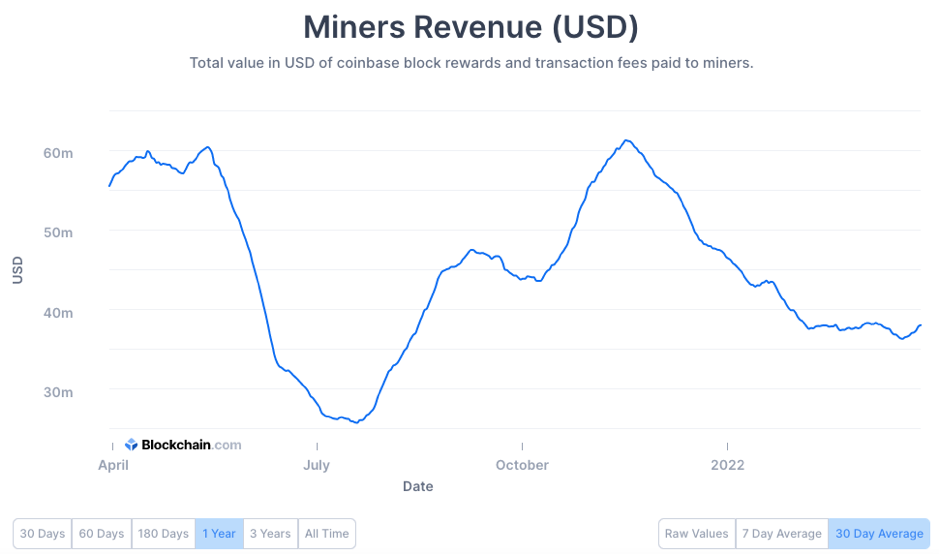
A recovery in the price of Bitcoin should fuel gains for mining companies that process transactions on the crypto’s network. Yet the stocks face hurdles beyond the digital currency’s price.

Bitcoin miners operate the computer that processes transactions on the blockchain, receiving payment in Bitcoin itself for their work. The process works through brute-force computing to solve a mathematical puzzle for each block of transactions. Miners consume vast amounts of electricity to try to win a block reward, competing against other miners around the world for each block.
Based on their operating costs—primarily electricity—most miners look solidly profitable. Costs per Bitcoin mined range from $4,500 to $16,000 across the industry. With the price of Bitcoin above $44,000—and rising lately—miners should be highly profitable on an operating basis. Many miners also hold Bitcoin on their balance sheets. And several are using renewables or stranded electricity—such as excess power that isn’t used by a regional grid—to reduce their carbon footprint.

Stifel analyst Suthan Sukumar launched coverage of several Canadian miners on Friday, arguing that the economics of mining look attractive while the stocks remain cheap.
“Bitcoin mining profitability at the industrial scale level remains healthy with an average +70% gross mining margin profile,” he wrote in a note.
Yet miner stocks aren’t just pure plays on Bitcoin. One challenge is that the network’s mining difficulty—known as its hash rate—is rising as the price of Bitcoin increases, attracting more miners to compete for each block reward.
A rising hash rate also implies that each miners’ share of the block rewards will fall, unless they add more capacity to keep up, fueling a computing arms race.
And as the hash rate goes up, daily miner transaction revenue falls. Miners on the network are now collectively earning an average $40 million a day in Bitcoin, down from an average $60 million last fall, reflecting an increase in the network hash rate, according to data from Blockchain.com.

A continued expansion in network hash rates is leading to “increasingly tougher mining fundamentals as competition grows,” Sukumar said, while maintaining that the economics of mining still look attractive for individual companies.
Investors appear concerned that miners will have to spend heavily on more rigs and/or find ways to lower energy costs as network hash rates rise. The amount of Bitcoin reward per block, currently 6.25 coins, is due to halve in 2024. And the price of Bitcoin itself has been stuck in a trading range between $35,000 and $45,000, affecting both miners’ operating margins and the market value of the crypto on their balance sheets.
A recovery in Bitcoin back to its 2021 highs near $70,000 would likely provide a big boost for the miners. If the crypto doesn’t rebound, however, the stocks may continue to trade cheaply, reflecting investor skepticism that mining profits aren’t sustainable.







